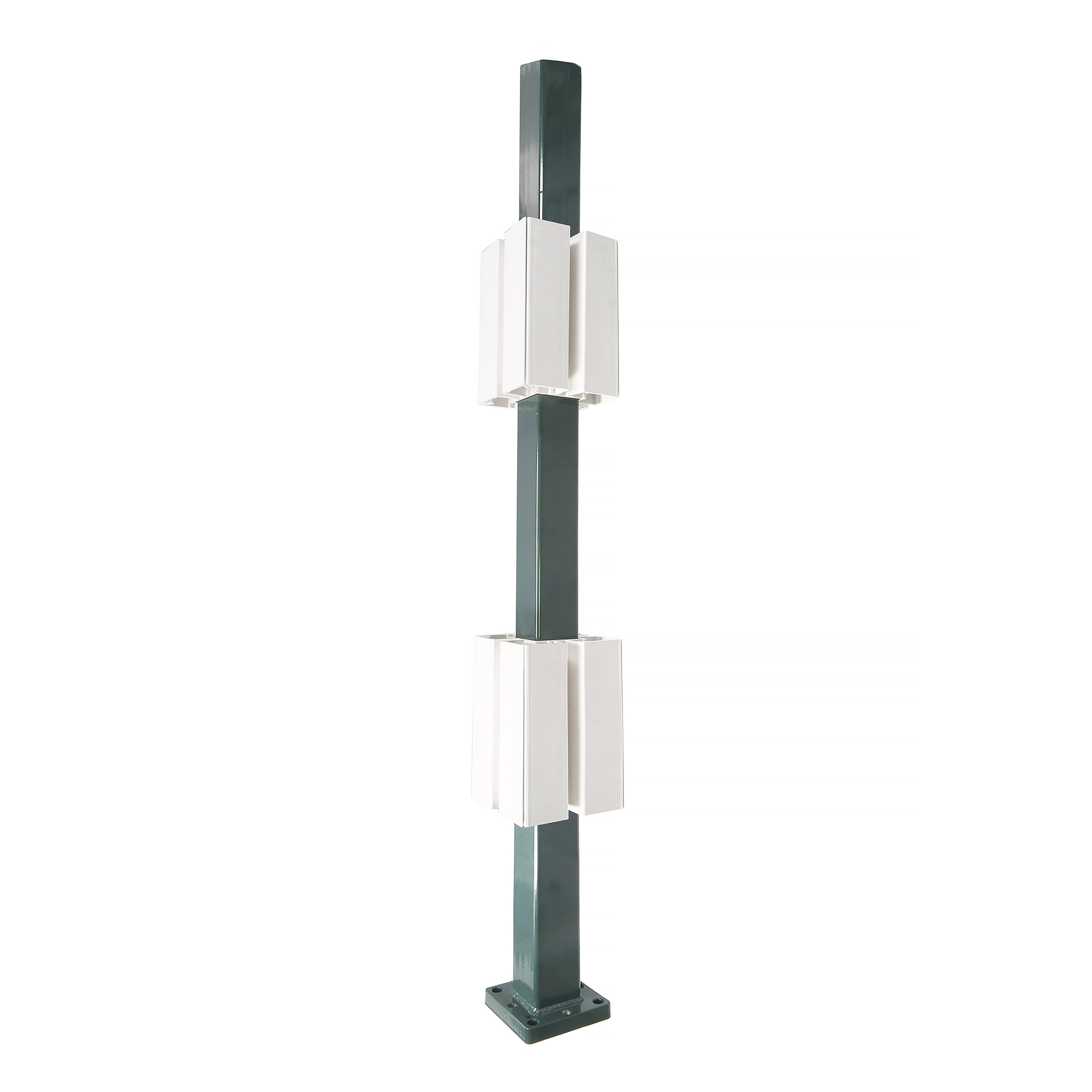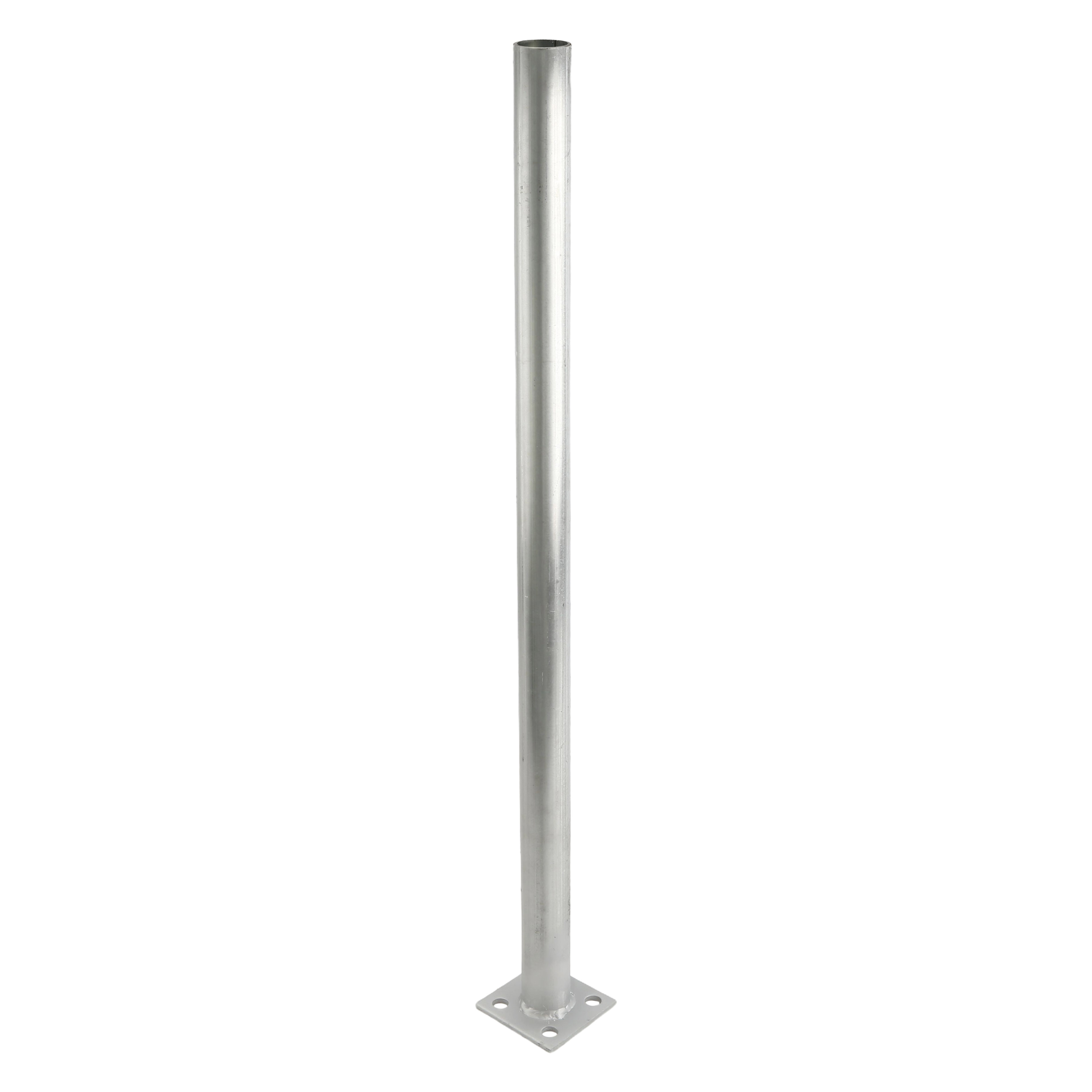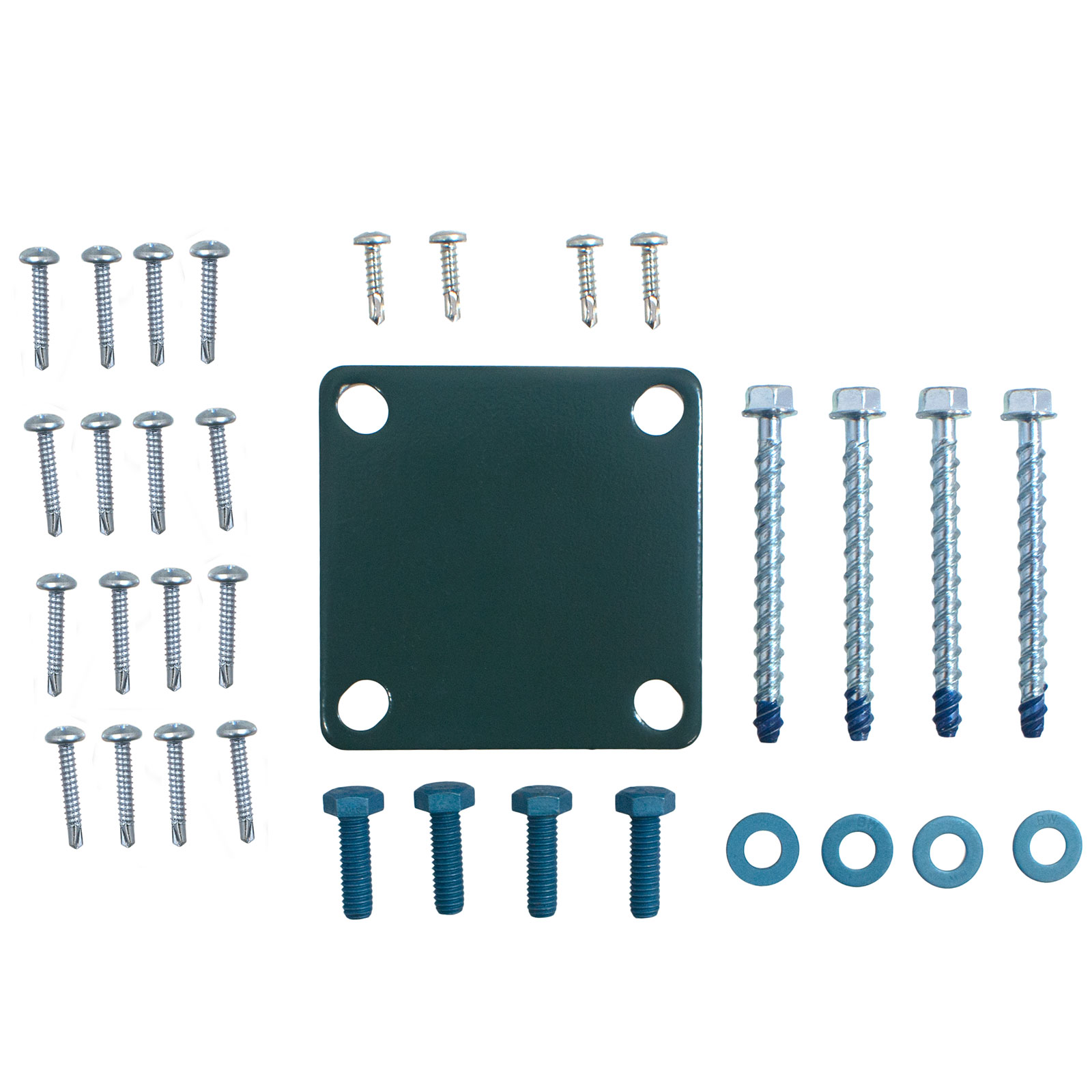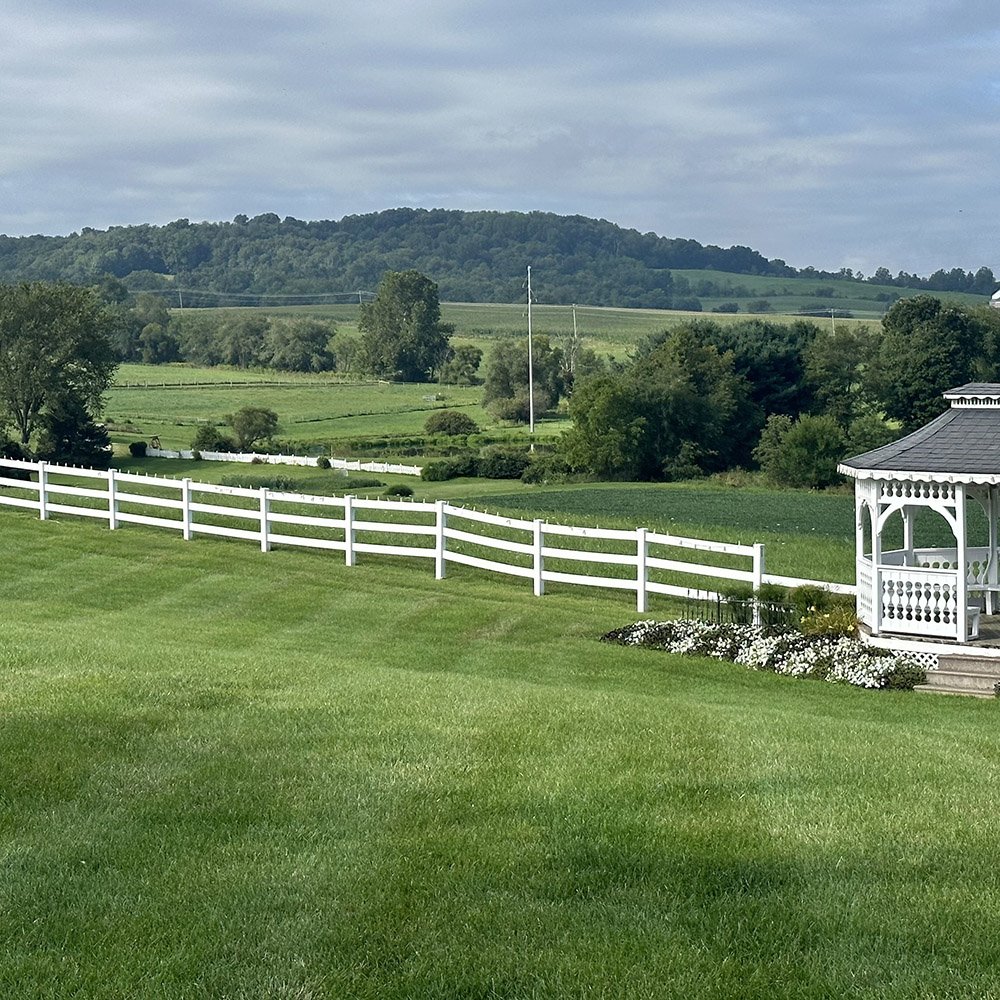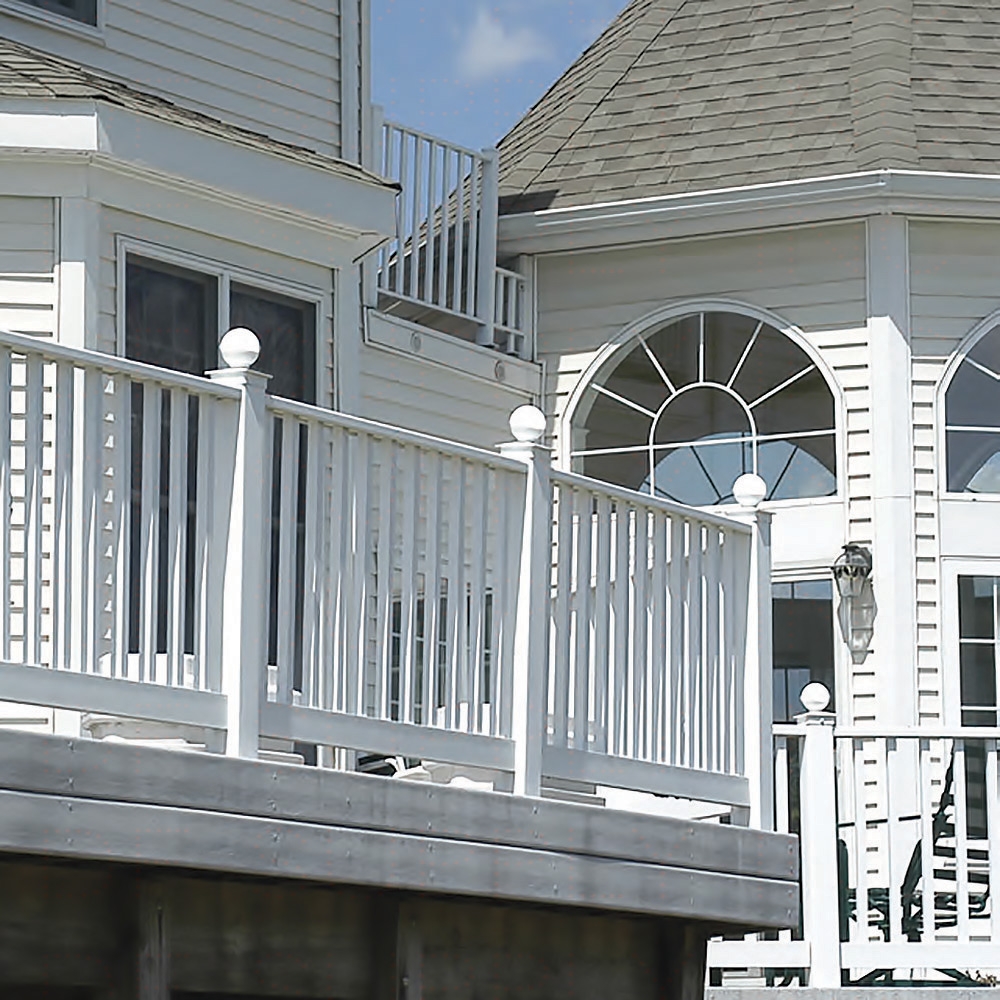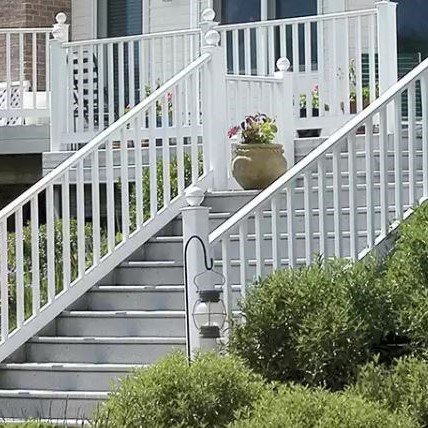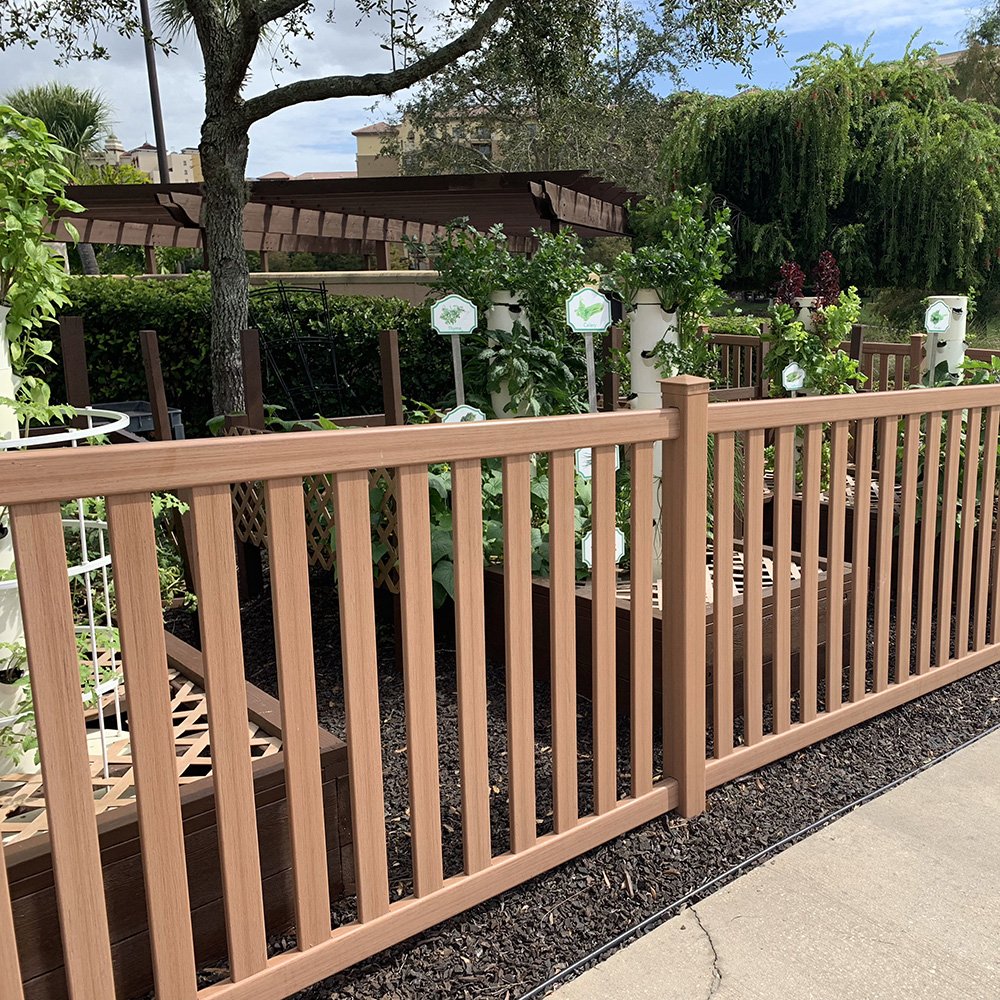How to Build A Retaining Wall Fence
What Is a Retaining Wall Fence?
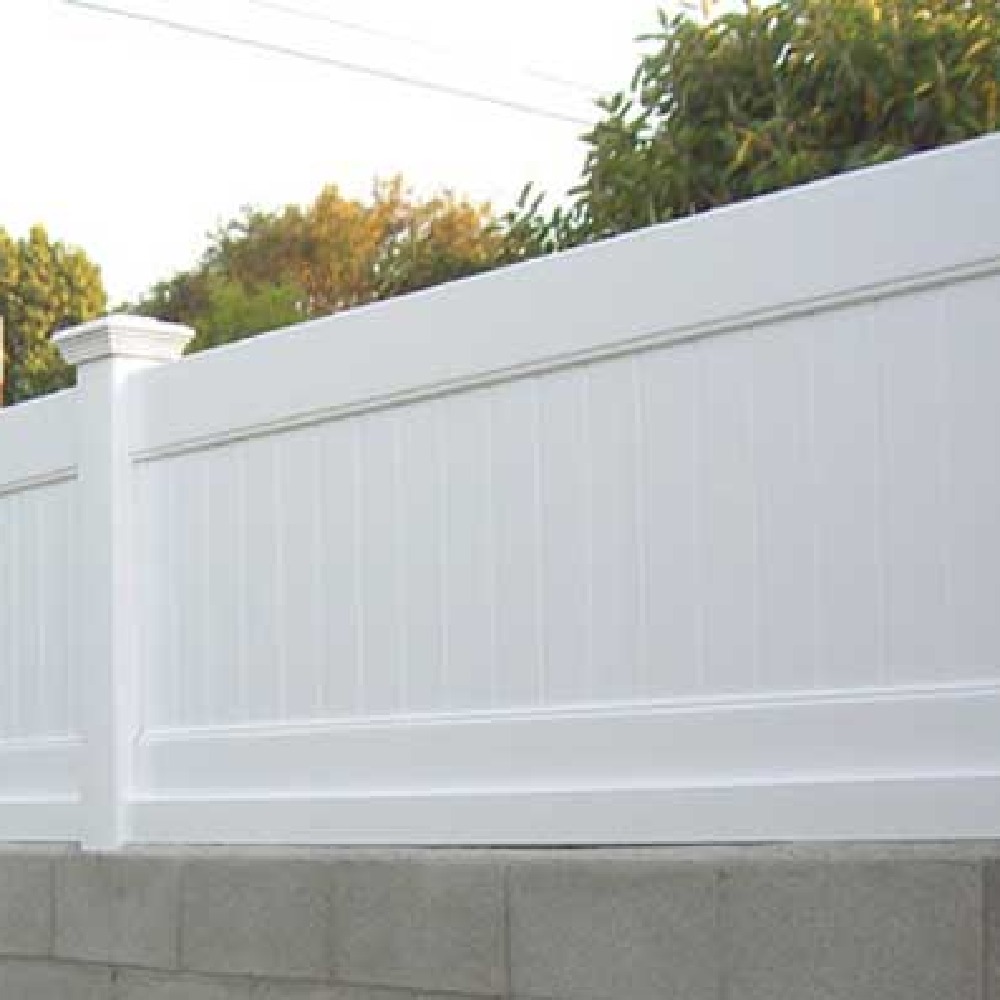
Retaining walls are designed to retain an area of soil higher than the surface below. You may see retaining walls made to outline and protect roads or walkways or to outline parts of property. You can install any fence on top of a retaining wall using a leveling plate, sometimes called a flange, to connect the fence posts to the wall. Luckily, Vinyl Fence Fitting has surface mounting kits and various post mounts and support posts, which will guide your purchasing needs and installation process. Retaining wall fences can be made of various materials, including chain link, aluminum, steel, or iron, and vinyl. However, vinyl retaining wall fencing is most common because vinyl fencing is designed to be installed without digging; it is perfect to install on the surface of a retaining wall.
Why You Need a Retaining Wall Fence
There are numerous reasons why you may need a retaining wall fence; in fact, one reason for a retaining wall fence may be required by law. Here are the common reasons you may need a retaining wall fence:
- Safety: retaining walls emphasize the difference between ground elevations. The difference may be as short as 12 inches, but if it is over 30 inches tall, the International Building Code 1015.2 requires a fence to be installed for the safety of people and animals.
- Privacy: building a fence on top of a retaining wall will provide you or your company with additional privacy. Installing a fence will extend the height of the retaining wall, which will minimize wondering eyes on your property.
- Security: installing a retaining wall fence will add the function of any fence: security. A fence on top of a retaining wall will deter anyone or anything from entering your property. The fence will add height to the retaining wall, discouraging anyone from climbing it.
How to Build a Retaining Wall Fence
To build a retaining wall fence, you will want to focus on the foundation. Use surface mounting plates and hardware or post mounts or support posts. The independent leveling plates and the leveling plates that are designed as part of post mounts and support posts will have pre-drilled holes for you to place and drive hardware into the retaining wall easily.
As with any fencing system, you will want to outline and plan the spacing of the fence posts. Once you have, you can start the installation. These steps can be used to build a vinyl fence or railing system on decks or balconies.
- Place the leveling plates or post mount/support posts where you plan to have the fence posts.
- Secure the leveling plate to the retaining wall with the included hardware.
- Place the vinyl post sleeve over the post mount or support post. OR attach the mount post/support post to the leveling plate.
- Continue the vinyl fence assembly by securing rails, sectioning, and fittings.
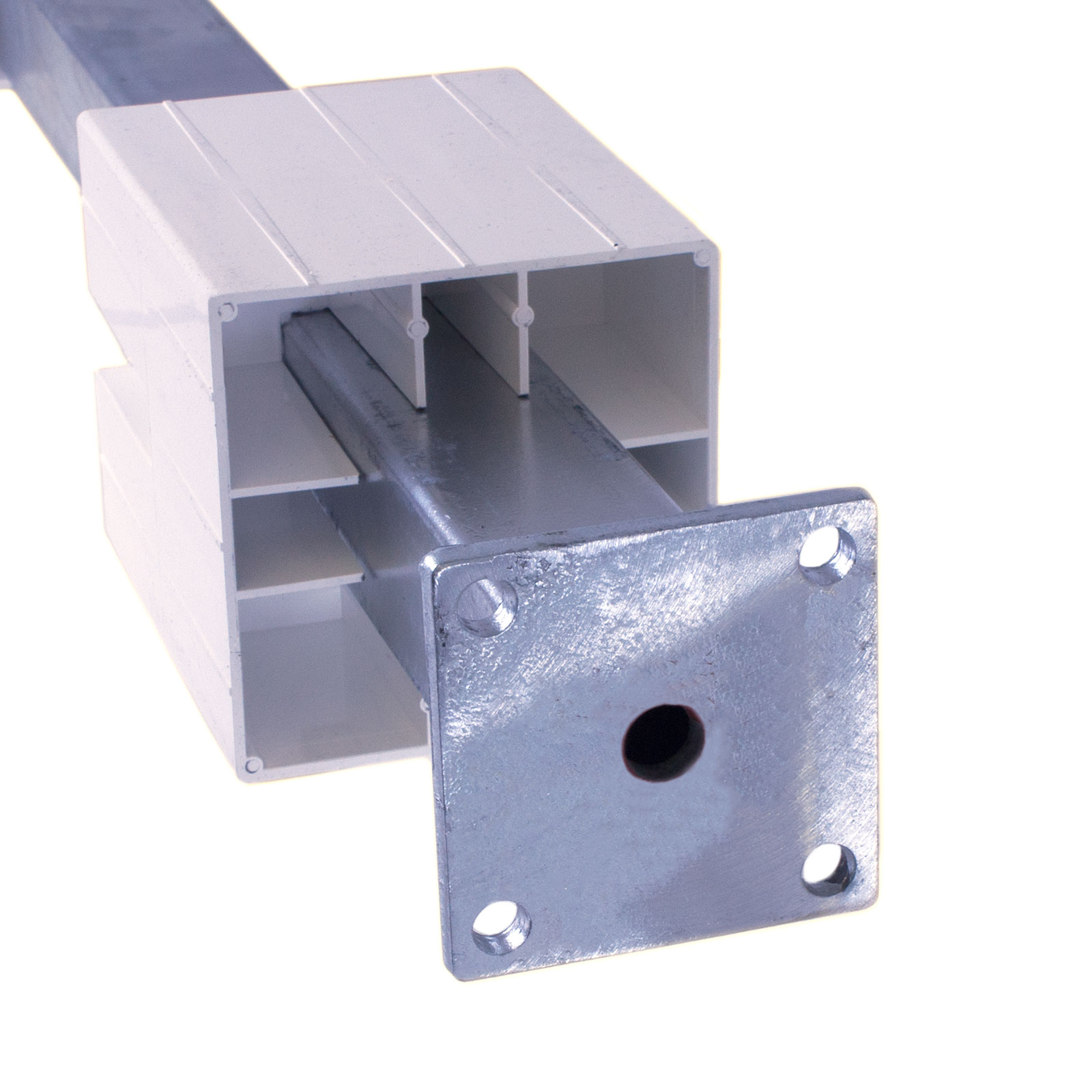
Post Mounts, Support Posts, & Mounting Kits with Leveling Plates
Post Mounts
Post mounts do not exclusively refer to vinyl fencing, but in this case, post mounts refer to the surface mounting posts designed for vinyl railing posts. These are made of steel and have PVC leveling guides and pre-welded leveling plates for easy installment and stabilization.
Support Posts
Support posts are less exclusive to vinyl fencing; in fact, they are commonly used with short chain link fencing. Support posts are designed with pre-welded leveling plates and are made of steel for durability; however, these will need to be paired with leveling collars, brackets, or donuts for vinyl fence stabilization.
Mounting Kits
Mounting kits are kits Vinyl Fence Fitting has made for you to easily order all the surface mounting hardware you will need. These kits differentiate by the surface you are mounting to but generally include the leveling plate and the screws you will need to assemble the vinyl fence on a retaining wall, porch, or deck.

